Cost increases are an unwelcome reality for all businesses – but how do you react to a massive rise in the ingredient that accounts for 25% of your product?
That is the situation being faced by vegan brownie supplier Cake or Death which, despite being a relatively small business, uses five tonnes of chocolate a year.
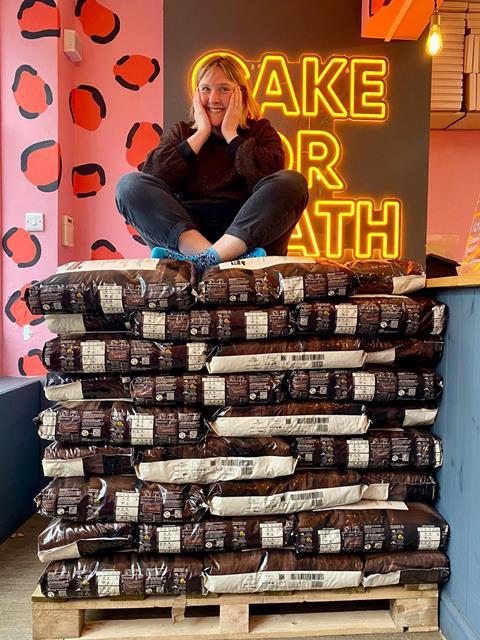
“The price we pay for chocolate has increased by 149% since May 2023,” says Katie Cross, who founded Cake or Death in 2019 after leaving a career in charity fundraising. Now based in Exeter, the business was originally a wholesale supplier but switched during the pandemic to selling online and sending its brownies direct to consumers.
Having steadily increased in 2023, the price of cocoa has shot up in 2024 as a result of issues in major growing regions including poor weather and cocoa trees suffering from old age and disease. Large purchases by major industry players have also contributed to higher prices.
“The price rose steadily from May 2023 to May 2024 and then very sharply at the beginning of July 2024,” explains Cross. “It is possible it may come down again, but not before the autumn harvest and we are still not sure whether it will reduce at all in the near future.”
She believes the increase in cost has hit smaller businesses particularly hard as they do not have access to economies of scale – pointing out that she would need to be buying at least 100 tonnes a year to deal directly with Callebaut, for example.
“Cake or Death does not operate at that scale so I have to buy through a wholesaler in the UK and pay an inflated price,” she adds. “My wholesaler would not allow me to stockpile before price increases came into effect so I was forced to wait until prices had risen before they would release stock to me.”
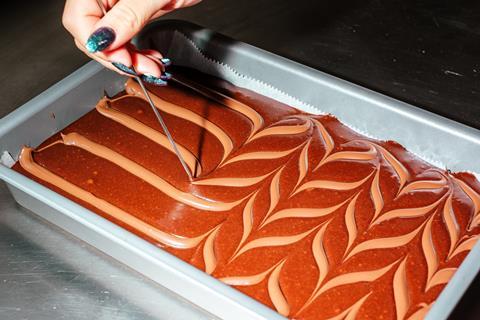
Cross has not yet increased retail prices but says this is inevitable.
“I don’t expect chocolate prices to go down that much, because it has been caused by systemic issues: cocoa plantations that are not resilient to higher temperatures caused by climate change and small farmers who lack the ability to invest in their farms,” she says.
This has left the business in a position where it is attempting to reduce chocolate content in its existing offering as well as diversifying its product range.
“I am actively conceiving a future of the business where chocolate brownies become 50% of our product mix instead of 95%,” Cross confirms. “Luckily I have a strong brand, and I have just ordered a range of merchandise, and am doing lots of product development on non-chocolate products so that we can move away from relying on brownies.”
The brand is looking to replace one or two items in its most popular mixed box with non-brownies to save chocolate and is investigating alternative bases for its message slabs, which are currently brownies topped with dark or white chocolate letters.





















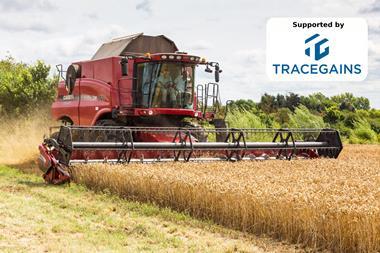


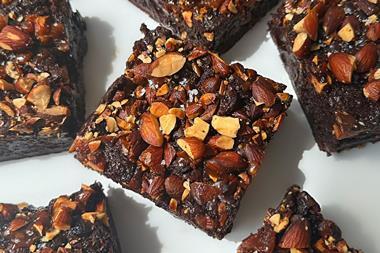

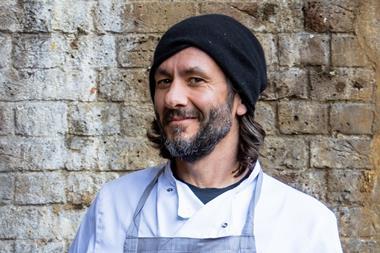

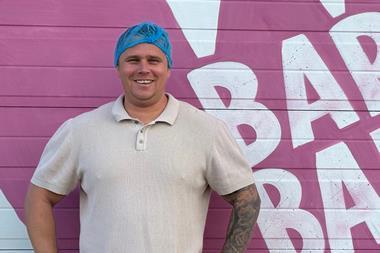
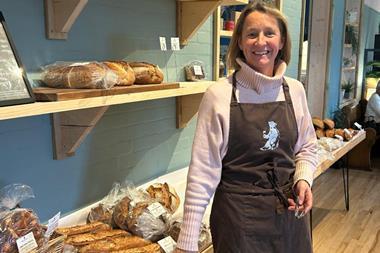

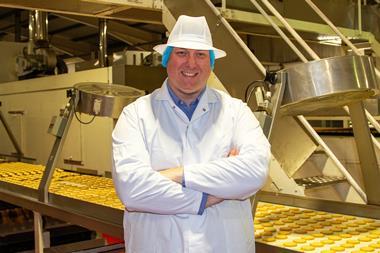
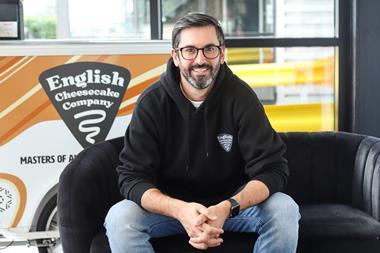

No comments yet